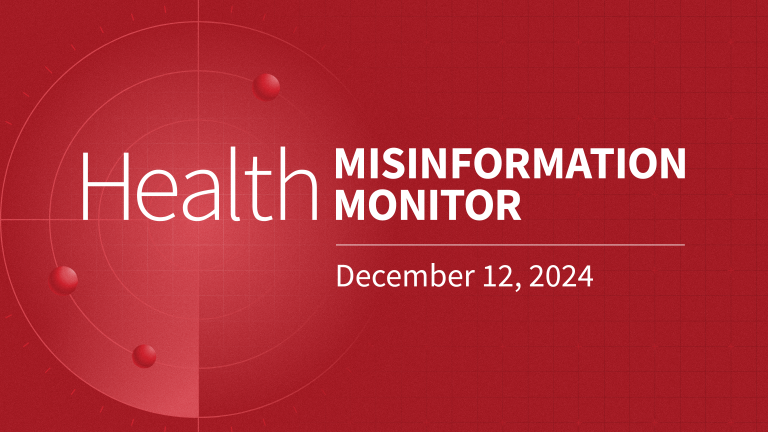Harm Reduction Programs Under Attack: Unsubstantiated Claims Fueling Stigma and Misinformation
The ongoing opioid crisis continues to devastate communities across the United States, demanding innovative and effective solutions to mitigate its devastating impact. Harm reduction programs, designed to minimize the negative consequences associated with drug use, have emerged as a critical component in addressing this public health emergency. However, despite mounting evidence demonstrating their effectiveness, these programs are increasingly facing a barrage of unsubstantiated claims, fueling stigma and hindering their life-saving potential. These attacks, often originating from social media and even some public figures, perpetuate the dangerous myth that harm reduction strategies encourage drug use, diverting attention from the evidence-based benefits they offer.
A recent example of this misinformation campaign unfolded in response to an NPR article highlighting the innovative use of vending machines to dispense harm reduction tools. The article detailed how these machines provide free naloxone, a medication that reverses opioid overdoses, and sterile syringes to registered harm reduction clinic clients, emphasizing their role in preventing overdose deaths and curbing the spread of infectious diseases. Despite the article’s clear and factual reporting, a wave of comments on Facebook echoed the false narrative that such initiatives promote drug use. This incident underscores the persistent challenge of combating misinformation and the ease with which unfounded claims can spread through social media platforms, undermining public understanding of harm reduction’s true purpose.
The spread of misinformation is not limited to social media; it has also permeated the discourse among some public health officials. A recent op-ed published on Fox News by two former high-ranking officials at the Department of Health and Human Services exemplified this troubling trend. The authors argued that current harm reduction strategies have been counterproductive, falsely claiming that they foster "acceptance of a drug-using lifestyle." This opinion piece, shared widely on social media platforms like X (formerly Twitter), garnered significant support, further amplifying the misconception that harm reduction enables rather than mitigates the harms of drug use. The ensuing online discussion saw numerous comments falsely asserting that harm reduction programs provide users with illegal drugs, a blatant misrepresentation of their actual function.
Contrary to these misleading assertions, a substantial body of research consistently demonstrates the effectiveness of harm reduction strategies. Studies have shown that these programs can significantly reduce overdose deaths, limit the transmission of infectious diseases like HIV and hepatitis C, and importantly, do not increase drug use or crime rates. These positive outcomes are achieved through a variety of interventions, including syringe service programs, naloxone distribution, and access to safe injection sites. These initiatives are grounded in the understanding that substance use disorder is a complex health issue, not a moral failing, and that prioritizing the well-being of individuals who use drugs is essential to reducing harm and facilitating their pathway to recovery.
The persistent myth that harm reduction encourages drug use reveals a fundamental misunderstanding of the core principles and objectives of these programs. Harm reduction aims to minimize the negative consequences associated with drug use, recognizing that abstinence is not always immediately achievable or desirable for every individual. By providing access to sterile syringes, naloxone, and other life-saving resources, harm reduction programs create a safer environment for people who use drugs, reducing their risk of overdose, infection, and other health complications. Furthermore, these programs often serve as a crucial link to treatment and support services, offering individuals a pathway to recovery when they are ready to embark on that journey.
Stigmatizing attitudes towards people who use drugs further complicate the public’s perception of harm reduction. Substance use disorder is a chronic health condition, often influenced by a complex interplay of genetic, environmental, and social factors. It’s crucial to recognize that addiction can affect anyone, regardless of their background or circumstances. Nearly three in ten U.S. adults report personal or familial experience with opioid addiction, highlighting the widespread nature of this issue. Combating stigma requires a shift in perspective, viewing substance use disorder as a health issue rather than a moral failing, and recognizing that individuals struggling with addiction deserve compassion, support, and access to evidence-based treatment and harm reduction services. By embracing a compassionate and evidence-informed approach, we can create a more supportive environment for individuals affected by substance use disorder and empower them to seek the help they need.


